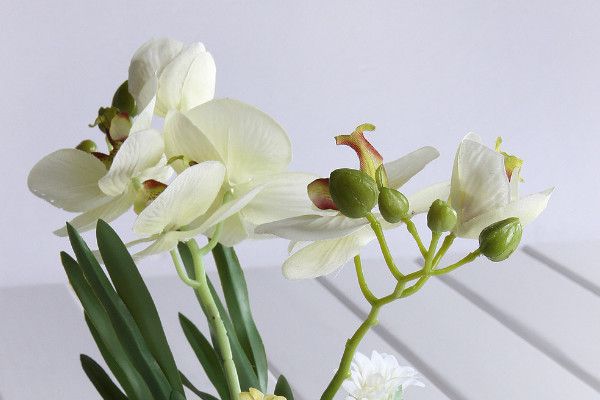Is it easy to transplant bauhinia trees?

Bauhinia can be transplanted easily in spring, autumn, winter or rainy season, before trees germinate in spring, after defoliation or defoliation is completed in summer, and can only be transplanted in warm places in the south in winter. at these times, the growth rate of bauhinia is relatively slow, which can concentrate nutrients to supply the root system.
How to transplant Bauhinia
1. Transplanting in spring
Bauhinia is suitable for transplanting in spring, after the soil is thawed to before the trees sprout. After soil thawing, although the trees have not yet sprouted, but the root system has begun to move, the root growth is exuberant, and the adaptability to the environment is relatively strong. At this time, the life activity of the tree is still relatively weak, and it will not consume a lot of nutrients, which is conducive to survival.
2. Transplanting in autumn
Transplanting in autumn should be carried out when the growth of the aboveground part is relatively slow or stops growing, and it is best when the defoliation or defoliation is completed, when the temperature decreases, but the ground temperature is still relatively high, and the plant is about to enter a dormant period. the accumulated nutrients can supply the new root growth after transplanting.
3. Transplanting in rainy season
In the rainy season, it is mainly used for coniferous trees in the north and evergreen trees in the south, with sufficient water and high humidity in the rainy season, which is suitable for the growth of bauhinia. The transpiration of seedlings is relatively small, the root growth rate is fast, and the vitality is also strong. It can improve the survival rate of plant transplanting.
4. Transplanting in winter
Winter transplanting is only suitable for the warmer areas in the south, while the temperature in the north is too cold to transplant plants. Bauhinia is mostly distributed in the warmer areas of the south, which can be transplanted in winter, and the seedlings grow slowly in winter, and nutrients can be concentrated on the growth of roots.
Related
- Fuxing push coffee new agricultural production and marketing class: lack of small-scale processing plants
- Jujube rice field leisure farm deep ploughing Yilan for five years to create a space for organic food and play
- Nongyu Farm-A trial of organic papaya for brave women with advanced technology
- Four points for attention in the prevention and control of diseases and insect pests of edible fungi
- How to add nutrient solution to Edible Fungi
- Is there any good way to control edible fungus mites?
- Open Inoculation Technology of Edible Fungi
- Is there any clever way to use fertilizer for edible fungus in winter?
- What agents are used to kill the pathogens of edible fungi in the mushroom shed?
- Rapid drying of Edible Fungi



